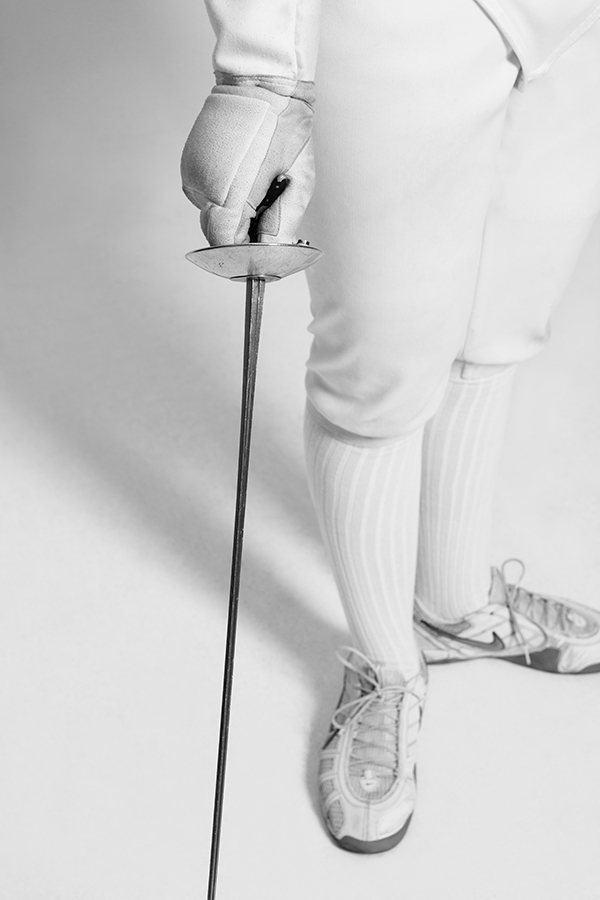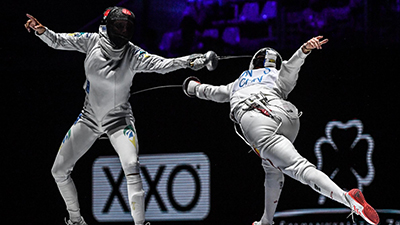Fencing has been featured in every modern Olympic Games since 1896, known as the Games of the I Olympiad, starting with the individual men's foil and sabre. Women's individual foil was added at the Paris 1924 Games, women's individual épée was added at the Atlanta 1996 Games and women's individual sabre was added at the Athens 2004 Games. In the Tokyo 2020 Games, all 12 events (foil/épée/sabre, women/men, individual/team) will be held officially.
Individual events in foil and épée are contested over three periods of three minutes (or until time runs out), with the winner being either the first to reach 15 points or whomever has the most points after the three rounds are complete. In the case of a tie, the match goes to sudden-death overtime. In sabre, two periods are held with a break taking place when the first fencer reaches eight points.
Team tournaments involve three members (and one reserve member) competing in a round-robin format with each athlete on each team fencing one another one at a time. This means a total of nine sets of three-minute rounds are held (each to a maximum of five points), with one team declared the winner after scoring a total of 45 points or having the highest score after nine rounds finish.






